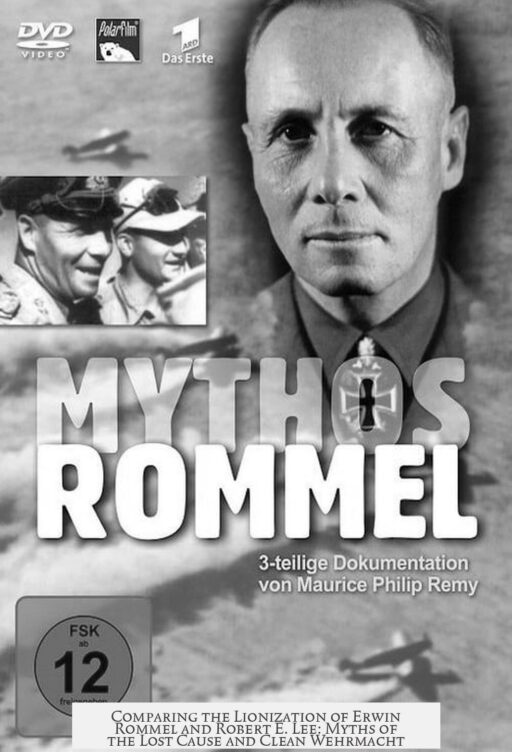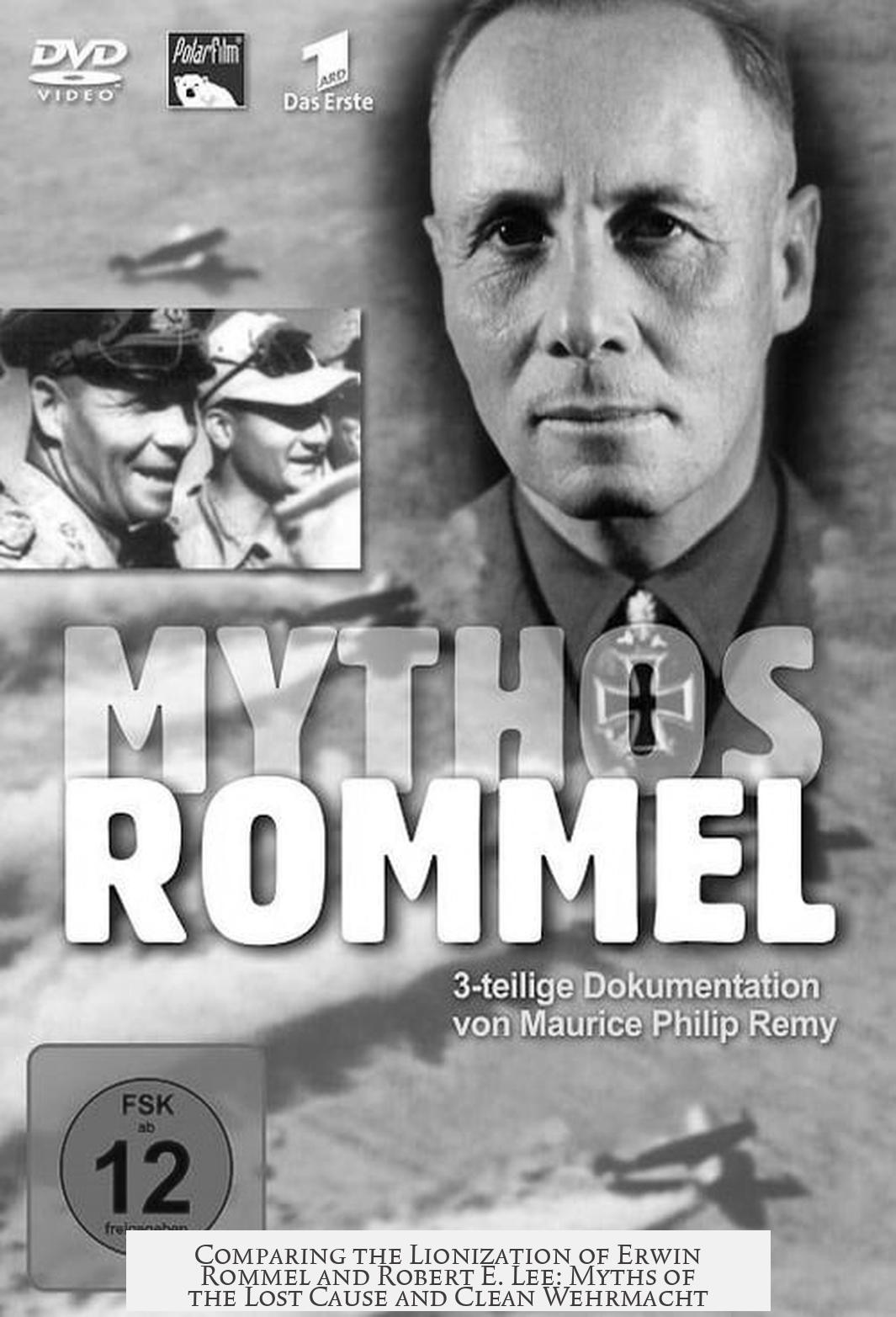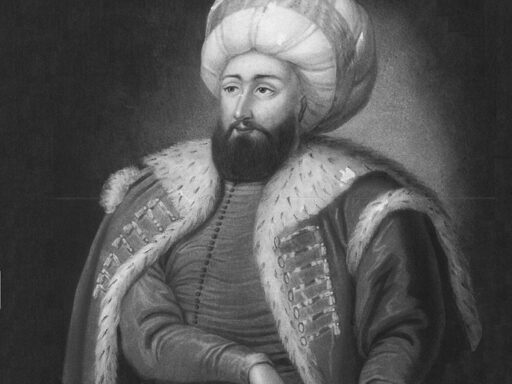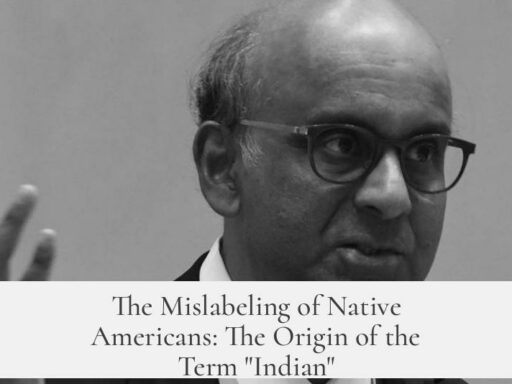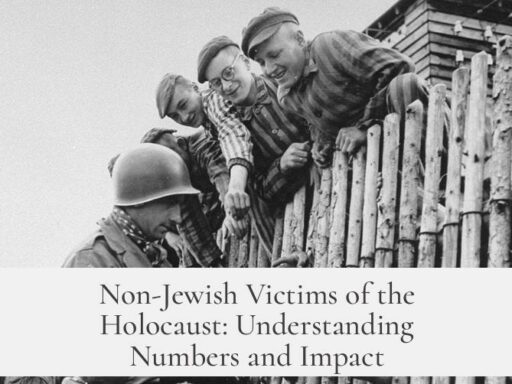It is partially fair to compare the posthumous lionization of Erwin Rommel with that of Robert E. Lee, and to draw parallels between the Lost Cause and Clean Wehrmacht myths, but notable differences exist in context and motive.
Both Rommel and Lee become symbols linked to broader post-war ideologies that reframe their respective causes. Rommel is often idealized for his North African campaign, sometimes inaccurately recalled as a “Gentleman’s War,” with an inflated emphasis on anti-Hitler resistance. Lee is cast as the epitome of Southern honor and gentlemanliness. In these narratives, both figures serve as standard bearers for a form of respectability amid defeat, embodying myths that seek to redefine lost causes with dignity.
The Lost Cause myth softens the reality of the Confederacy by emphasizing honor, states’ rights, and valor while minimizing slavery’s role. Similarly, the Clean Wehrmacht myth argues that the German Army was largely honorable and separate from Nazi atrocities, blaming only the Waffen-SS. These myths function as apologetics, attempting to shield the broader groups from full responsibility by centering narratives around idealized leaders like Lee and Rommel.
However, key differences appear in the forces driving these portrayals and their acceptance beyond native circles. Rommel’s lionization occurred swiftly after WWII, strongly influenced by geopolitical needs. The Western Allies, preparing for the Cold War, saw value in integrating West Germany into a new military framework. They largely accepted narratives that separated the Wehrmacht from Nazi crimes, aided by Adenauer’s government, to legitimize rearmament. Rommel became a convenient hero figure, symbolizing a supposedly “clean” German military tradition.
In contrast, Lee’s lionization evolved more gradually and was deeply intertwined with Southern identity and racial politics. It did not arise from international strategic considerations but from efforts within the postbellum South to reconcile defeat and maintain white supremacy through the Lost Cause narrative.
| Aspect | Rommel & Clean Wehrmacht | Lee & Lost Cause |
|---|---|---|
| Post-war lionization timing | Rapid, influenced by Cold War needs | Gradual, rooted in Southern societal rebuilding |
| Driving force | Western geopolitical strategy, German rearmament | Southern identity preservation, racial ideology |
| Nature of myth | “Clean” Wehrmacht separates army from Nazi crimes | Lost Cause reframes Confederate defeat with honor |
| Imagery | Rommel as noble, anti-Hitler soldier | Lee as honorable Southern gentleman |
Both myths simplify complex histories and serve to rehabilitate defeated factions by focusing on honor and valor associated with respected individuals. Yet the specific contexts and political uses differ substantially. Rommel’s image was part of an international project to rebuild a German military compatible with Western interests. Lee’s image served as an internal cultural and political effort to reshape Southern memory and justify racial hierarchies.
- Rommel and Lee symbolize post-defeat honor myths, reflecting their causes’ revisions.
- Lost Cause and Clean Wehrmacht myths both seek to excuse or evade responsibility.
- Rommel’s lionization was rapid and tied to Cold War rearmament strategies.
- Lee’s lionization was slower and driven by Southern society’s needs.
- Ultimately, parallels exist in narrative structure, but context and implications differ.
Is It Fair to Compare the Posthumous Lionization of Erwin Rommel with That of Robert E. Lee? Exploring Parallels Between the Lost Cause and Clean Wehrmacht Myths

In short, yes, it is fair to compare the posthumous lionization of Erwin Rommel with that of Robert E. Lee, as both figures serve as iconic symbols in narratives crafted to preserve honor and dignity in the wake of defeat. More broadly, drawing parallels between the Lost Cause and Clean Wehrmacht myths reveals how societies reshape history to soften uncomfortable truths.
Now, let’s unpack this with some juicy details, and maybe a pinch of irony.
Parallels: Honor in Defeat and the Making of Mythical Heroes
Both Rommel and Lee emerge as larger-than-life figures, appropriated by their respective societies for purposes beyond just historical accuracy. Rommel, dubbed the “Desert Fox,” is famously linked with the North African campaign—a conflict often (and inaccurately) remembered as a “Gentleman’s War.” Meanwhile, Robert E. Lee stands as the paradigm of Southern gentlemanliness and valor during the American Civil War.
The fascinating commonality? Both men became standard bearers for post-war ideologies. The Lost Cause myth, centered on Lee, romanticizes the Confederate war effort by casting it as a noble defense of traditional values and states’ rights, while downplaying slavery’s central role. Similarly, the Clean Wehrmacht myth casts the German Army, led symbolically by Rommel, as an honorable force detached from Nazi atrocities, focusing instead on chivalry and military prowess.
“In both cases, they absolutely became standard bearers for post-war ideologies relating to their respective causes.”
Think of it this way: both myths function as apologetics that salvage honor from defeat. The losers, unwilling to shoulder the full weight of blame, highlight heroic figures like Rommel and Lee to create legacies that emphasize honor, courage, and “gentlemanly” conduct.
Key Differences: Why Did These Portraits Gain Acceptance?
However, not all parallels are perfect. The driving forces behind the acceptance of these portrayals differ markedly in speed and motivation. Lee’s image evolved over decades, shaped primarily by Southern proponents and nostalgia for a lost way of life. Conversely, Rommel was lionized quite rapidly—even by his enemies during World War II.
This quick embrace stems largely from geopolitical necessity. As the Cold War dawned, Western powers urgently needed West Germany as an ally against the Soviet Union. This urgency accelerated the rehabilitation of the German Army’s image via figures like Rommel, making him the “Saint” of the Wehrmacht almost overnight.
Rommel and German Rearmament: Making a Hero for the Cold War
The post-war narrative around Rommel serves as the cornerstone for the Clean Wehrmacht myth, which conveniently places blame for Nazi war crimes on the Waffen-SS. This allowed West Germany’s newly formed military to trace its roots to a sanitized tradition free from Nazi stigma.
Western Allies, particularly the US and UK, were quite content to accept this narrative as part of their strategic interests—helping build a bulwark against the Soviet threat. Rommel’s reputation for battlefield prowess and supposed opposition to Hitler made him the perfect figurehead.
So, contrary to the slow-building Lost Cause mythology, Rommel’s hagiography was immediate and driven by pressing international political needs.
Why Do These Myths Persist?
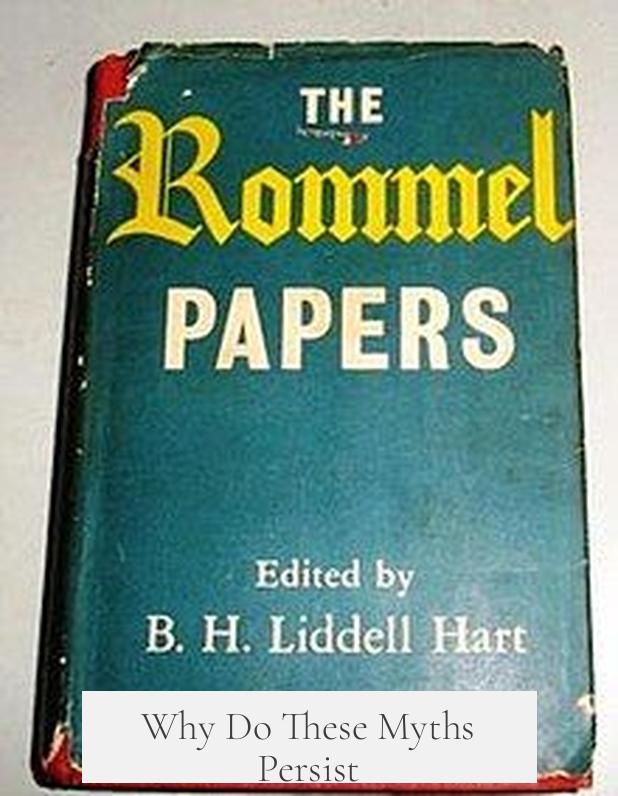
Both the Lost Cause and Clean Wehrmacht myths reveal much about how societies wrestle with uncomfortable aspects of their pasts. Instead of confronting responsibility directly, they carve out honorable exceptions, embodied in the personas of Lee and Rommel.
But does that mean these myths sacrifice historical accuracy? Absolutely. Rommel’s role in anti-Hitler conspiracies is greatly exaggerated, just as Lee’s “noble cause” glosses over the impregnable reality of slavery as the root for the Civil War.
Still, these sanitized histories offer more than just misguided nostalgia; they fulfill psychological and cultural needs. They shape collective identities, soothe national wounds, and even support political agendas.
What Can We Learn From These Comparisons?
- Myth-making is purposeful: Both myths serve a function to manage guilt and preserve pride.
- Historical nuance is sacrificed: Simplified portrayals obscure complexities and uncomfortable truths.
- Context matters: Rommel’s rehabilitation is tied to Cold War politics, Lee’s to cultural memory and identity.
- Moral clarity demands deeper inquiry: We should question hero narratives rather than accept them at face value.
For instance, recognizing the Clean Wehrmacht myth helps historians dissect the real extent of complicity in Nazi crimes. Exploring Lost Cause rhetoric uncovers how racial and political motives were concealed beneath valorized images of Lee.
Practical Recommendations for Readers and History Buffs
Next time someone praises Rommel or Lee as flawless military gentlemen, consider digging deeper. Ask:
- What inconvenient facts might be hidden behind this portrait?
- How does the political context shape the creation of this myth?
- Whose interests does this narrative serve today?
Understanding the nuances keeps us honest and uncovers richer, more truthful histories.
Final Thoughts
Is it fair to compare Rommel’s and Lee’s posthumous reputations? Most certainly. Both stand as beacons in myths designed to explain, justify, or soften the consequences of defeat. The Lost Cause and Clean Wehrmacht myths are sibling narratives—born from a need to reclaim honor but often at the price of truth.
History isn’t just a story of battles won or lost; it’s also the story of how we remember those battles. And remember this: history respects complexity, not legends.
Ready to challenge your historical heroes? That’s where real learning begins.
What are the main similarities between the posthumous images of Erwin Rommel and Robert E. Lee?
Both became symbols for post-war ideologies tied to their causes. Each was cast as honorable despite losing. Rommel and Lee both came to represent a narrative of dignity in defeat.
How do the Lost Cause and Clean Wehrmacht myths relate to these portrayals?
Both myths serve to excuse or soften defeat by highlighting supposed honor. They deflect blame, saying the real faults lie elsewhere—Lost Cause for the South, Clean Wehrmacht for German forces excluding the SS.
What key difference shaped Rommel’s post-war image compared to Lee’s?
Rommel’s image was quickly promoted by Western powers during the Cold War to support German rearmament. Lee’s image grew more gradually within Southern culture, lacking external political drivers like those in Rommel’s case.
Why were Western Allies willing to embrace Rommel’s positive portrayal soon after WWII?
The emerging Cold War made a strong West German military desirable. Allies supported narratives that blamed extremism on the Waffen-SS, allowing the German military to maintain traditions with Rommel as a respectable emblem.
Is it accurate to fully equate Rommel’s and Lee’s lionization processes?
No, while there are parallels, the contexts and timing differ. Rommel’s image benefited from immediate geopolitical needs. Lee’s myth arose more from regional identity without similar external pressures influencing the narrative.
